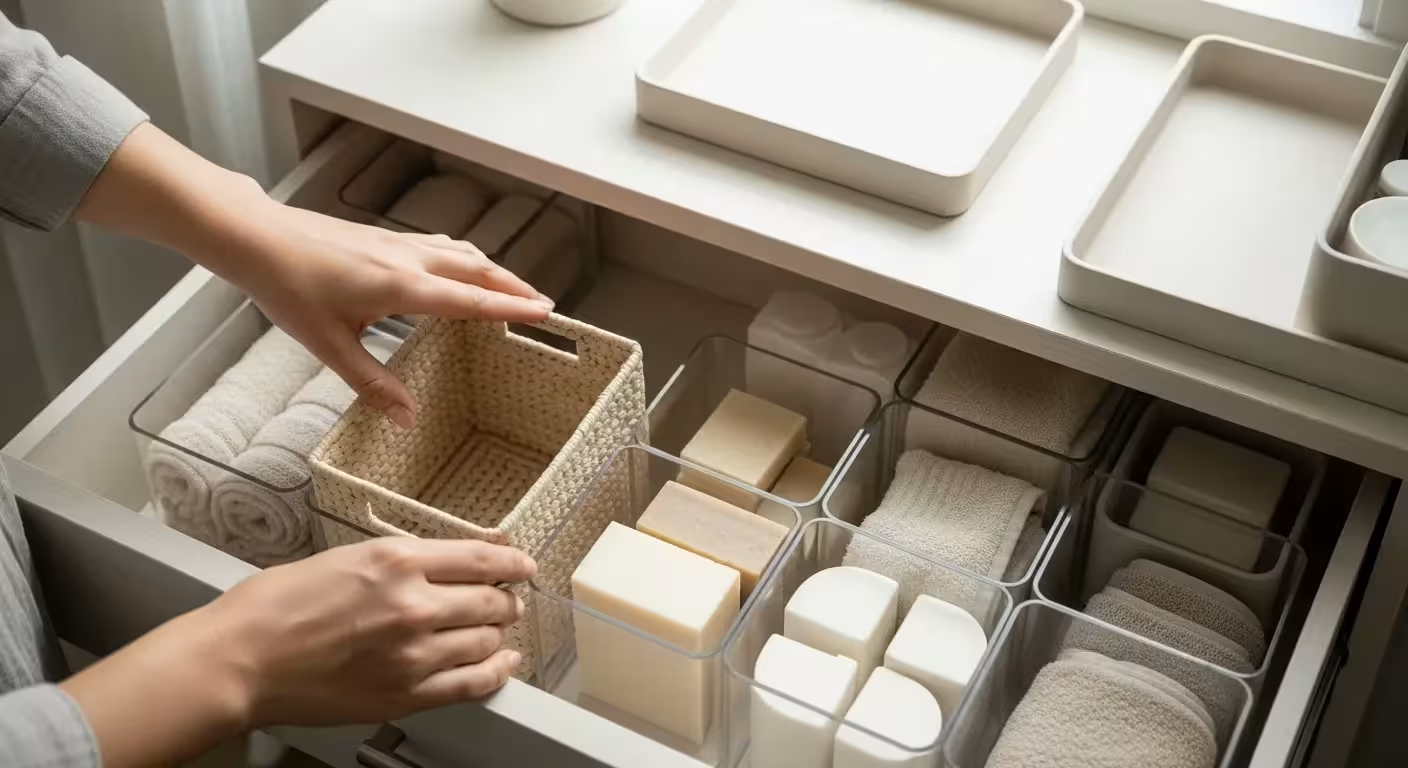
Step 8: Plan Your New Space for Safety and Flow
Downsizing is not just about getting rid of things; it’s about designing a space that is safe, comfortable, and easy to navigate. This is especially important for older adults. Before you move a single piece of furniture, get a floor plan of your new, smaller space. If you don’t have one, you can easily sketch one out on graph paper, noting the dimensions of each room.
Next, measure your essential furniture—the pieces you absolutely want to keep. Will your oversized sofa fit in the new living room while still leaving adequate walking space? A key safety guideline is to maintain clear pathways that are at least 36 inches wide. This allows for easy movement and accommodates walkers or wheelchairs if needed in the future.
As you plan your layout, prioritize safety:
- Eliminate Trip Hazards: Remove unnecessary throw rugs. If you keep any, ensure they have a non-slip backing. Secure or tape down any electrical cords that cross pathways.
- Improve Lighting: Ensure every room, hallway, and staircase is well-lit. Use nightlights in hallways and bathrooms. Make sure light switches are accessible at the entrance to every room.
- Secure Heavy Furniture: Tall or top-heavy furniture like bookshelves, dressers, and display cabinets should be securely anchored to the wall to prevent tipping. This is a critical safety measure. You can find more information on tip-over prevention from the U.S. Consumer Product Safety Commission (CPSC).
Consider multi-functional furniture to maximize your smaller space. An ottoman with built-in storage can hold blankets, a coffee table with drawers can hide remotes and magazines, and a bed with drawers underneath can replace a bulky dresser. Choosing furniture that works harder allows you to own less while maintaining full functionality.

















